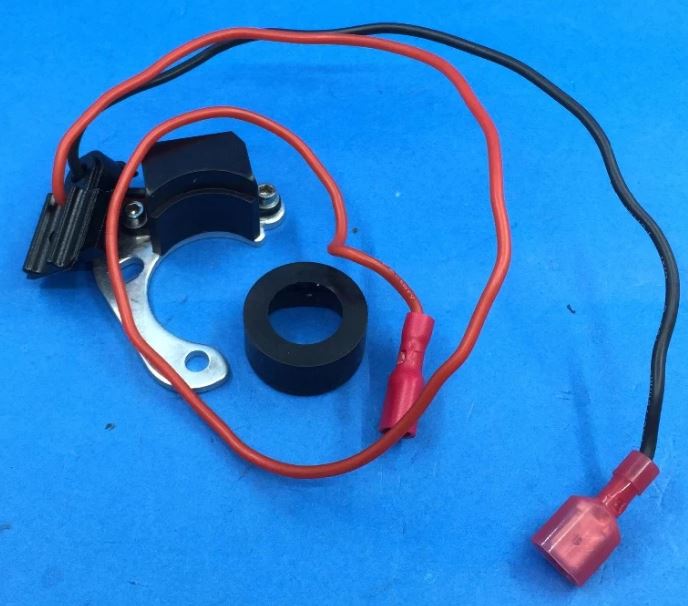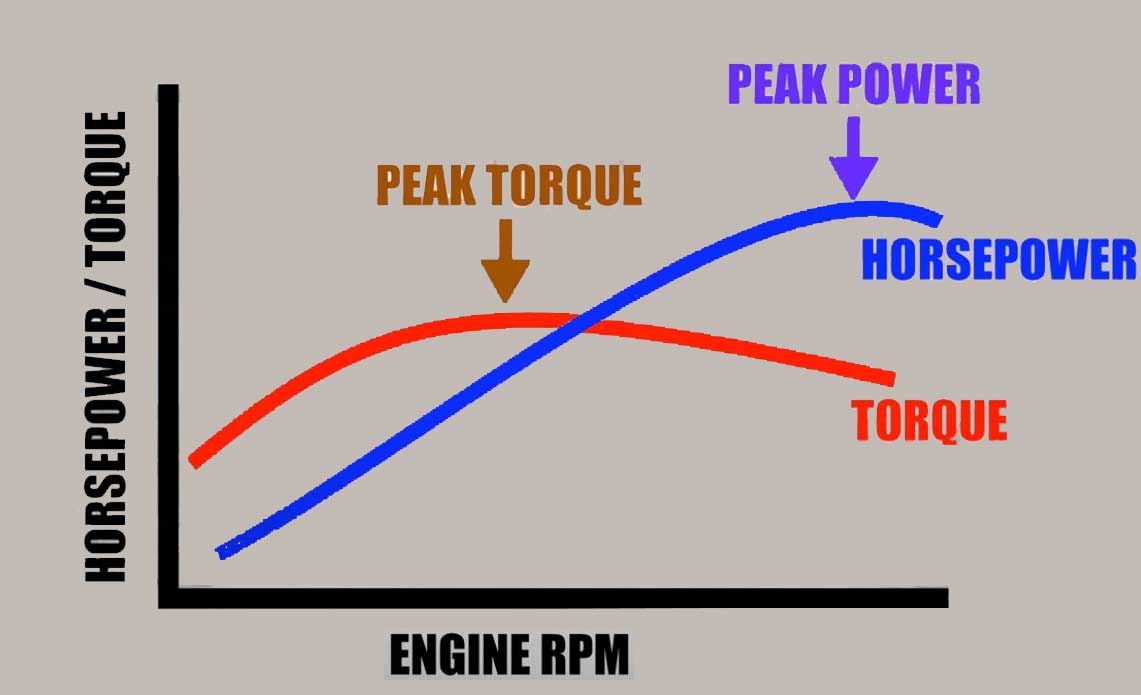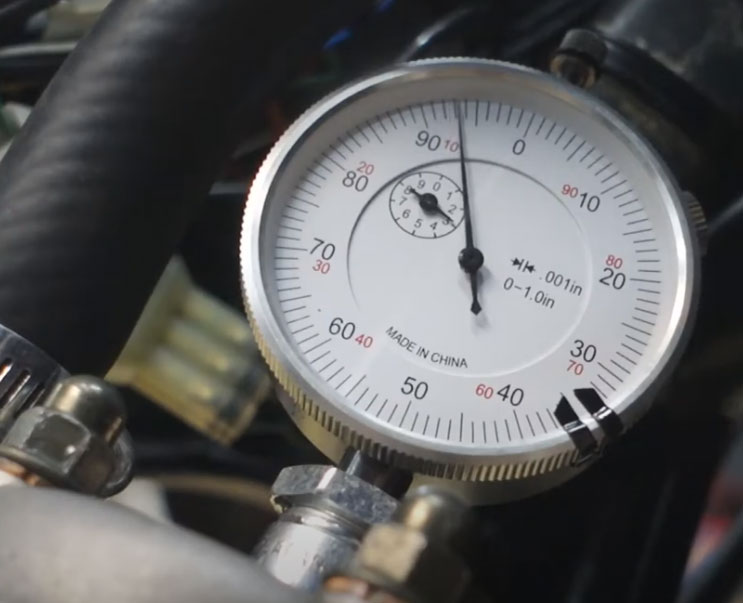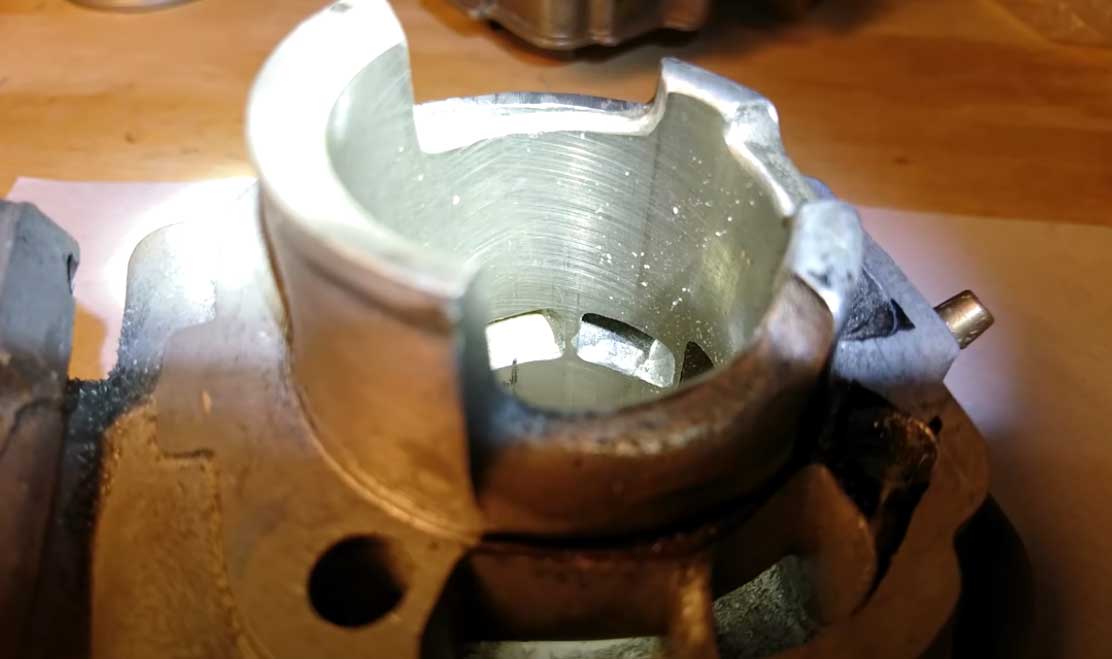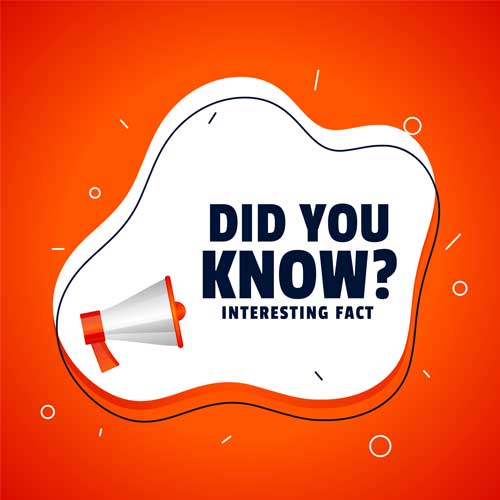The Ultimate Guide to Help You How Expansion Chamber Works: Description: The expansion chamber design software is used to design the tuned pipe for the exhaust system of the micro-car engine. One can choose to design a single-stage, two-stage or three-stage diffuser chamber according to their requirements. This section details the various parameters and design…
Month: October 2022
Everything You Need To Know About Ignition Modification.
Understand How Ignition Modification Before You Regret. The purpose of an ignition system is to ignite the air-fuel mixture, which has been introduced into the combustion chamber, so as to produce the required power. Since this is the first step to the entire process, it is the most critical, hence this process must be carried out with…
Modification Of An Engine
ENGINE When we talk about any engine mods, the first thing that comes to mind is “porting”. Well, porting is something that I guess is more of a lingo with not only RD owners, but the owners of most of the 100cc bikes around. Many bike owner is lured into the trap of mechanics who…
Torque And Horsepower.
BY BRUCE AUGENSTEIN There’s been a certain amount of discussion, in this and other files, about the concepts of horsepower and torque, how they relate to each other, and how they apply in terms of automobile performance. I have observed that, although nearly everyone participating has a passion for automobiles, there is a huge variance…
More Power To Air Cooled RD
BY DAVID FREIST All Credit goes to the real Author of the article. Introduction When I first started out trying to get more power out of my stock RD I relied on the experience I had with my first RD-350, a ’73 #101439. That bike ended up with Bassani chambers, a swiss-cheesed airbox, and slightly…
ART OF SQUISHING
BY DALE ALEXANDER In the past couple of issues, Doug has been doing a credible job of explaining heat, race fuel, and the likes. I’ve enjoyed what I’ve read and this has compelled me to add my two cents based on my past racing experience with RD-350’s.When I started racing RD’s, the fast guys on…
Two Stroke Tuning Basics
BY ERIC GORR Changing the power band of your dirt bike engine is simple when you know the basics. A myriad of different aftermarket accessories is available for you to custom-tune your bike to better suit your needs. The most common mistake is to choose the wrong combination of engine components, making the engine run…
Most Common Two Stroke Engine Bike Myths
BREAK YOUR ENGINE IN FAST AND IT’LL ALWAYS BE FAST The grain of truth here is that if the piston rings are never seated against the cylinder walls by a proper break-in, they won’t seal and the engine will never develop full power. On the other hand, how fast should break-in be? Do you take…
IGNITION TIMING FOR ANY TWO-STROKE ENGINE.
IGNITION TIMING FOR ANY TWO-STROKE ENGINE. by Bill Unger Advance = the amount of angular measurement that the spark happens before the piston reaches top dead center (TDC) on the power stroke. . Retard is less amount of advance. Internal combustion engines need to start the combustion fire before the piston reaches TDC because it…


